Blomquist, BW, Brumer, SE, Fairall, CW, Huebert, BJ, Zappa, CJ, Brooks, IM, Yang, M, Bariteau, L, Prytherch, J., Hare, J, Czerski, H, Matei, A and Pascal, RW 2017 Wind Speed and Sea State Dependencies of Air-Sea Gas Transfer: Results From the High Wind Speed Gas Exchange Study (HiWinGS). Journal of Geophysical Research-Oceans. 10.1002/2017JC013181
Preview |
Text
Blomquist HiWinGS 2017.pdf - Published Version Available under License Creative Commons Attribution. Download (6MB) | Preview |
Abstract/Summary
A variety of physical mechanisms are jointly responsible for facilitating air-sea gas transfer through turbulent processes at the atmosphere-ocean interface. The nature and relative importance of these mechanisms evolves with increasing wind speed. Theoretical and modeling approaches are advanc- ing, but the limited quantity of observational data at high wind speeds hinders the assessment of these efforts. The HiWinGS project successfully measured gas transfer coefficients (k660) with coincident wave sta- tistics under conditions with hourly mean wind speeds up to 24 m s21 and significant wave heights to 8 m. Measurements of k660 for carbon dioxide (CO2) and dimethylsulfide (DMS) show an increasing trend with respect to 10 m neutral wind speed (U ), following a power law relationship of the form: k
| Item Type: | Publication - Article |
|---|---|
| Additional Keywords: | air-sea gas exchange |
| Subjects: | Atmospheric Sciences Oceanography |
| Divisions: | Plymouth Marine Laboratory > Science Areas > Marine Biochemistry and Observations |
| Depositing User: | Mingxi Yang |
| Date made live: | 10 Mar 2018 12:05 |
| Last Modified: | 25 Apr 2020 09:58 |
| URI: | https://plymsea.ac.uk/id/eprint/7725 |
Actions (login required)
 |
View Item |


 Lists
Lists Lists
Lists